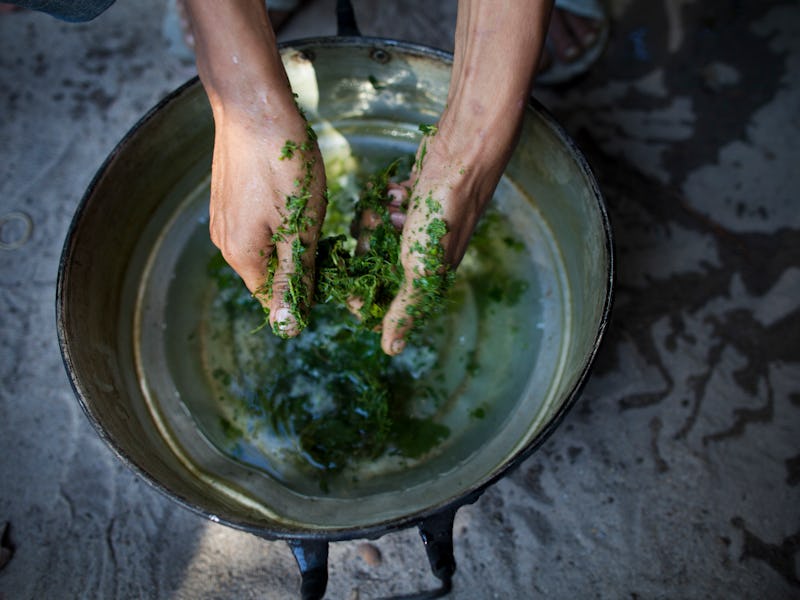This Psychoactive Opioid Is Getting Banned by the DEA
The government is moving towards making kratom a Schedule 1 drug.

The psychoactive drug kratom doesn’t get nearly as much attention as marijuana, but it’s quietly stressed out the U.S. Drug Enforcement Administration over the past couple of years. The opioid-like drug gives users a loopy, Xanax-like high, but until now, it’s been hilariously easy to buy online. Today, the DEA announced it’s had enough: The federal agency announced plans to categorize kratom as a Schedule I drug to “avoid an imminent hazard to public safety.”
It’s fair to ask right about now WTF kratom is. Derived from a leafy Southeast Asian plant, kratom has skyrocketed in boutique popularity, because the high is worth it. When ingested — whether in powder, pill, drug patch, or traditional tea form — its active ingredient, mitragynine, causes classic opioid-like effects, like stimulation and pain relief, sedation, and euphoria, depending on how big the dose is. Unfortunately, it isn’t always easy for users to tell how much they’re ingesting: The substances sold online are often, unsurprisingly, pretty sketchy, and their identity and purity isn’t always clear.
In the past two years, there have been 15 kratom-related deaths documented by the DEA, and the nation’s poison control centers have received 660 calls related to kratom exposure, according to the report. That people freak out after taking too much kratom isn’t surprising: In addition to its opioid-like symptoms, it can cause drowsiness, agitation, irritability, and a rapid heart rate. For long-term abusers, the drug can seriously mess up your liver, trigger psychosis and seizures, make you vomit and hallucinate, and even kill you.
The purity and identity of kratom sold online isn't always guaranteed.
So why is the DEA moving to classify kratom as Schedule I? Because doing so means that kratom can’t be used in a medical setting — even under medical supervision — and shoves it into being blacklisted as a drug with a high potential for abuse.
Not everyone will agree with the DEA’s ruling. Researchers at the Medical College of Wisconsin have argued that kratom’s painkilling properties rival that of highly addictive opiates normally prescribed for pain. In kratom’s home of Southeast Asia, the leaves of the plant were traditionally chewed by farmers for an energy boost, and there have been efforts to lift the ban on kratom in Thailand in order to market it as a potential treatment for opium addiction.
By classifying kratom as a Schedule I drug, the DEA puts it in the same group as drugs like marijuana, LSD, MDMA, psilocybin, and heroin — drugs that, by federal decree, have no medical use. But, as new research on the health benefits of hallucinogenic drugs and marijuana is increasingly revealing, the agency’s blanket statements may not be as accurate as we think.